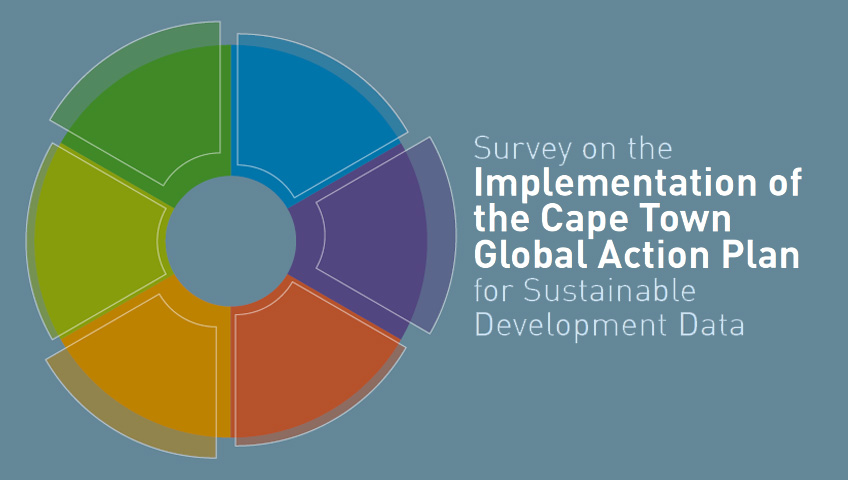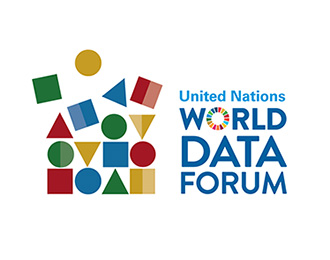IAEG-SDGs
Working Group on SDMX
SDG Data Structure Definition and SDMX API
SDG DSD v1.20 was released on 29 Mar 2025.
Manuals and other materials on this page were updated in Oct 2021. Please see below for details.
The SDG Data Structure Definition and related materials can be downloaded using the links below.
- SDG DSD Matrix: This is an Excel representation of the DSD. The spreadsheet is implemented with the SDMX Matrix Generator tool, and can be used to customize and generate the DSD in the SDMX-ML format.
- SDG Series Content Constraints Matrix: This is an Excel representation of series-level content constraints, which shows supported disaggregation for SDG series.
- SDG DSD, Dataflows and Content Constraints: This is the full DSD package in the SDMX-ML format, downloadable from the SDMX Global Registry.
- Guidelines for use of the Global SDG DSD: This document contains information about the DSD and guidelines for its usage.
- Guidelines for the customization of the Global SDG DSD: This document contains information and recommendations on customization of the global SDG DSD for national use.
- Guidelines for the Global SDG MSD: This document contains a detailed description of the global SDG Metadata Structure Definition (MSD).
SDMX Data and Metadata API
The SDG Global Database is available at the UNSD SDMX Web Service. Please use the SDMX-SDGs manual below for details on how to access the SDMX API. The SDMX API can also be queried via the UNdata SDMX Browser.
Global SDG Reference Metadata is available in the SDMX-ML format at an API. Please use the SDMX-SDG Metadata API manual below for further information.
SDMX-SDGs Working Group
To facilitate the development of SDMX-based data and metadata exchange formats for SDG Indicators, a Working Group was established by IAEG-SDGs. Details on the terms of reference for the working group can be found here
Statistical Data and Metadata Exchange (SDMX) is a standard sponsored by seven international organizations (BIS, ECB, Eurostat, OECD, IMF, UN, and WB). It was endorsed by the United Nations Statistical Commission in 2008 as a preferred standard for data exchange, and was approved as an ISO standard (ISO/IS 17369:2013). It has been successfully used for data exchange and dissemination in areas such as Macro-Economic Statistics, International Merchandise Trade, and others including MDG indicators.
The purpose of the Working Group is to develop one or more global Data Structure Definitions (DSDs), specifying a uniform structure(s) and concept definitions for the transmission and dissemination of Sustainable Development Goals Indicators (SDGs), and to develop a Metadata Structure Definition (MSD) for the transmission of SDGs reference metadata.
The resulting global DSD and MSD for SDGs (further referred to as SDMX structures) will be made available through the SDMX Global Registry (SGR), and are expected to be adopted by those countries and international and regional organizations implementing the SDMX standard for the collection and/or dissemination of official SDGs data and metadata.
The SDMX Structures will support the transmission of all indicators and their disaggregation, as approved by the United Nations Statistical Commission.
The official SDG DSD v1.0 was released on 14 June 2019. New versions of the DSD are updated and published at this page and the SDMX Global Registry up to four times per year.
QUICK LINKS
- 2030 Agenda for Sustainable Development
- SDGs Database
- 2025 Comprehensive Review Process
- Survey on the Implementation of the Cape Town Global Action Plan for Sustainable Development
Data

- SG's progress report 2024
- Statistical Annex 2024
- SDGs report 2024

- Gender Snapshot 2024
- UN Data Commons for the SDGs
-

- Medellin Framework for action on data for sustainable development
- Hangzhou Declaration
- Bern Data Compact
- Cape Town Global Action Plan for Sustainable Development Data
- Dubai Declaration
- Global data community's response to Covid-19
- Statistical Commission